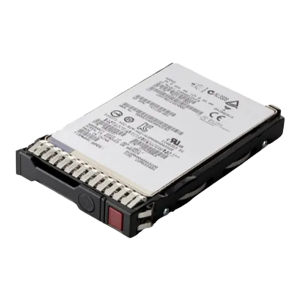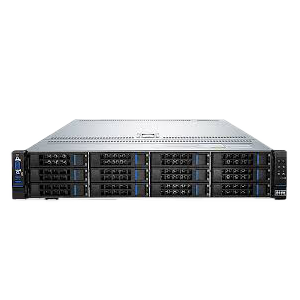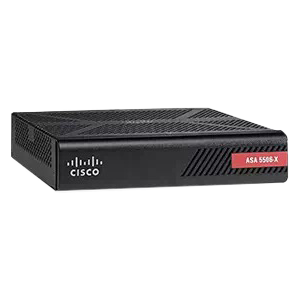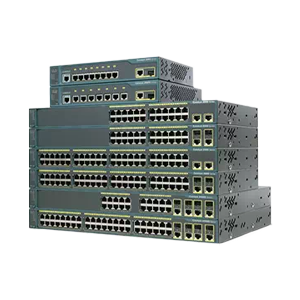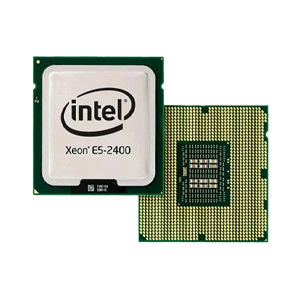Unlock the Power of Exceptional IT Services
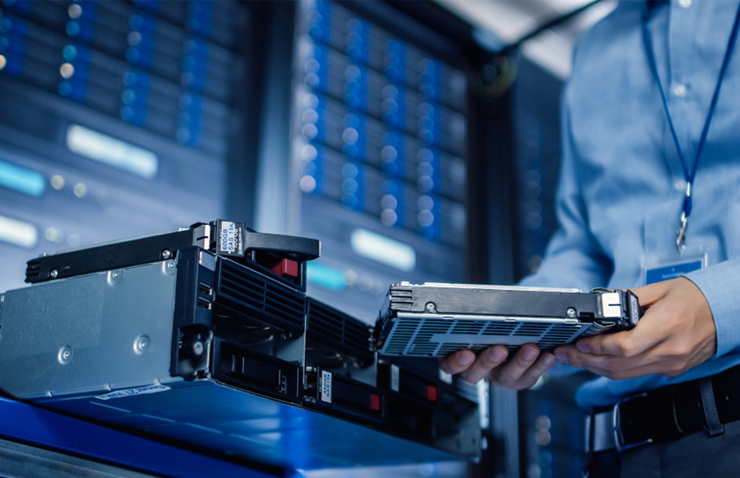
IT Hardware Solutions
Boost productivity with our tailored, high-performance IT hardware solutions for seamless, uninterrupted workspace performance.

Server Maintenance
At Zaco Computers, we understand the vital role servers play in the smooth operation of your business

Network Maintenance
At Zaco Computers, we understand the critical importance of a robust and reliable IT network for businesses operating across the globe.

Global IT Support Services
We offer expert IT hardware support for your clients in India, ensuring reliable performance and minimal downtime.
What We Offer
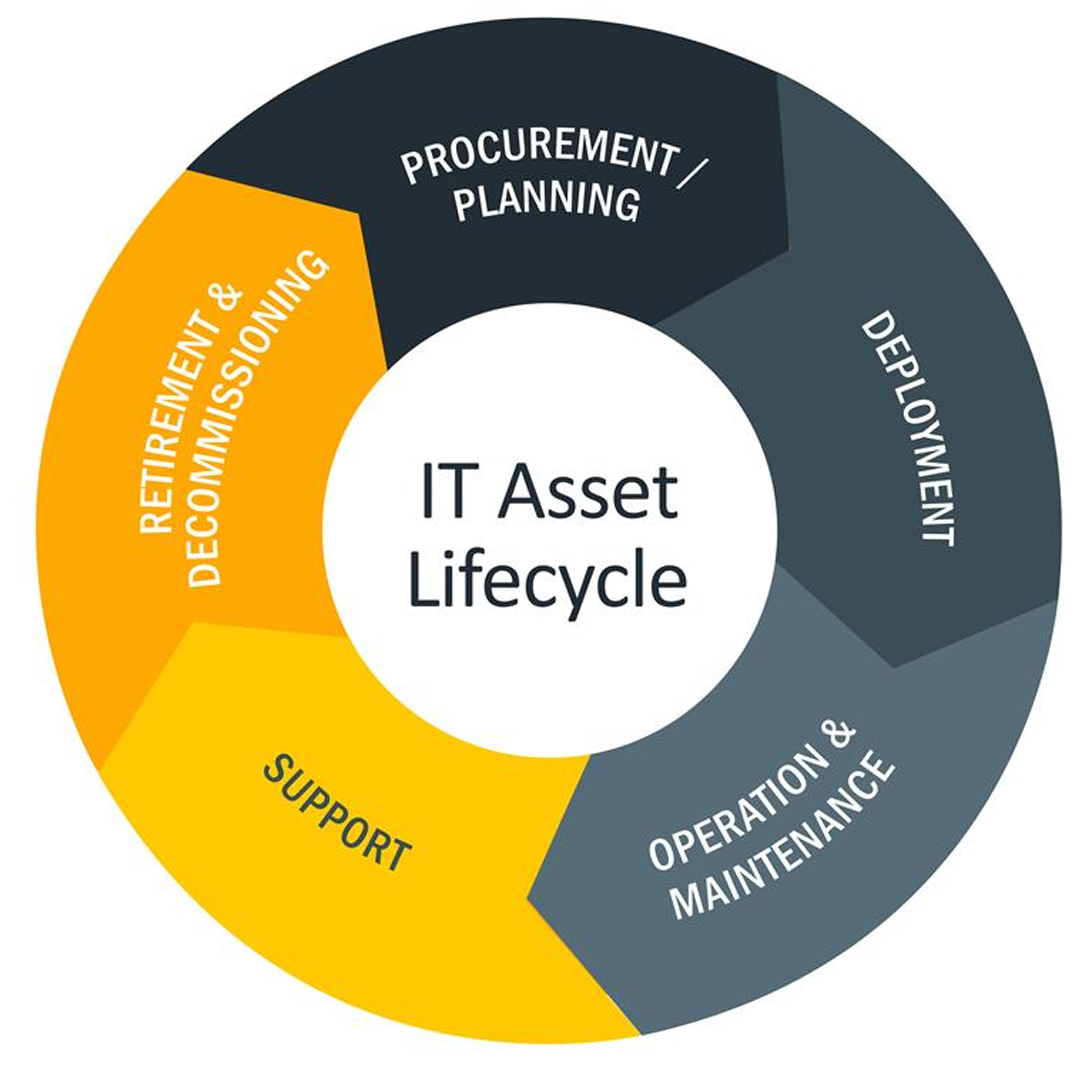
IT Lifecycle Management
At Zaco, we believe every IT asset has a meaningful journey. Our approach to IT Lifecycle Management encompasses five vital phases: planning, support, deployment, maintenance, decommissioning, and recycling. Each stage reflects our commitment to quality and sustainability. From the thoughtful planning of IT needs and the careful selection of technology, to the seamless deployment and ongoing maintenance, we ensure optimal performance. As assets reach their end-of-life, our responsible recycling practices ensure a minimal environmental footprint. At Zaco, we manage not just technology, but the entire lifecycle, with a human touch and a vision for a sustainable future.
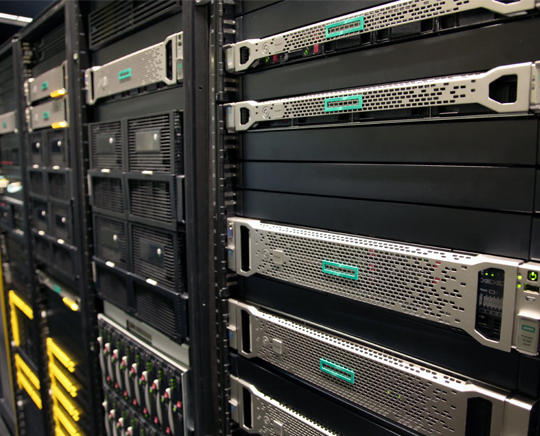
Most trusted global company for servers & storages
Global Delivery
Assured Quality
Brands We Support
New and Refurbished Cisco Networking Solutions
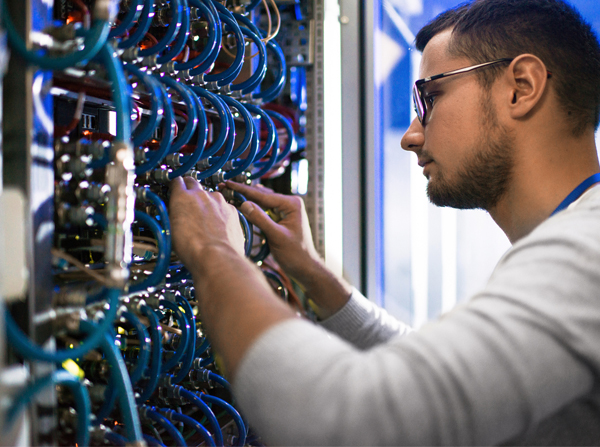
Our inventory features a wide selection of refurbished Cisco gear, including
Cisco Catalyst Switches
Cisco Nexus Switches
Cisco ISR Routers

Proactive Infrastructure Management
Tailored Solutions for Diverse Needs
Reliability and Peace of Mind
Reliable Global IT Solutions Partner

- Network Management
- Server Management
- Cloud Infrastructure
- Backup and Disaster Recovery
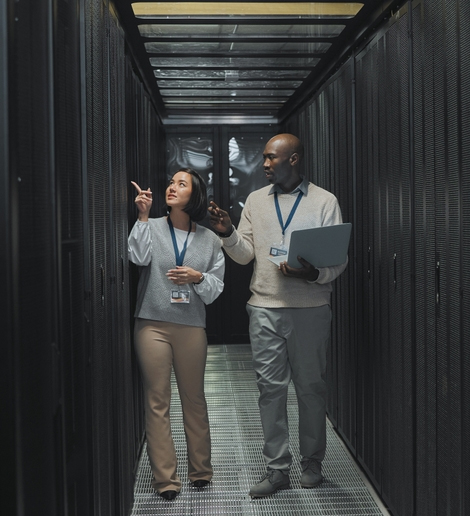

Your Infrastructure, Our Expertise
As a global business, you need an IT partner you can rely on wherever your operations take you. At Zaco Computers, we deliver Infrastructure Managed Services that help multinational companies manage their software environments—from VMware and Microsoft 365 to Azure, AWS, and other cloud and SaaS platforms. Our experts monitor your systems 24x7 from multiple support centers, resolving issues swiftly and ensuring uninterrupted operations. With tailored IT support plans, we ensure optimal performance and compliance with global standards.
Through proactive maintenance, real-time monitoring, and regular updates, we prevent issues before they arise. Your teams can focus on growth, while we ensure your software infrastructure stays secure, scalable, and efficient—wherever in the world you are.
Sell your IT Equipment & Server Hardware to Zaco
-
1. Hassle-Free ProcessSell your used servers and IT hardware by filling a simple form, leaving the rest to Zaco's capable team.
-
2. Sustainability CommitmentZaco prioritizes environmentally conscious practices in handling and recycling old server equipment.
-
3. Comprehensive BuyingZaco accepts various types of server hardware, including blade, tower, and rack servers, along with networking equipment.
